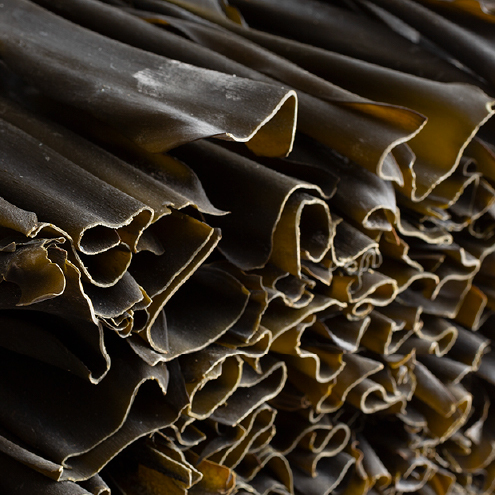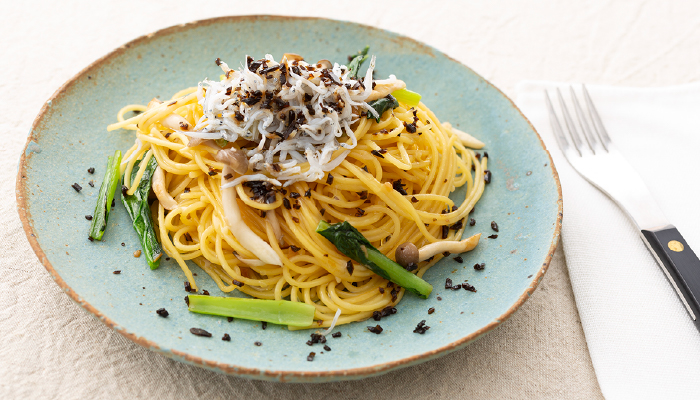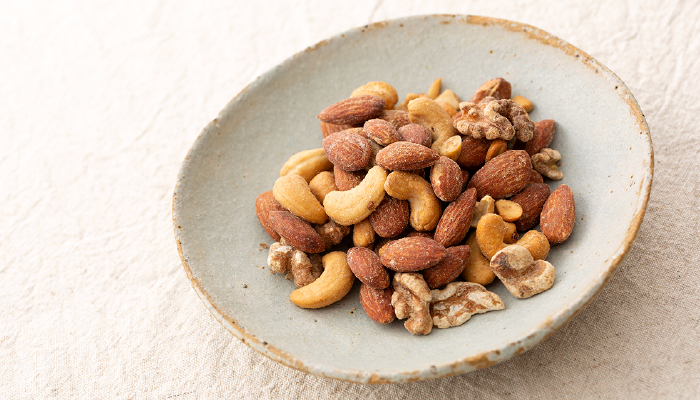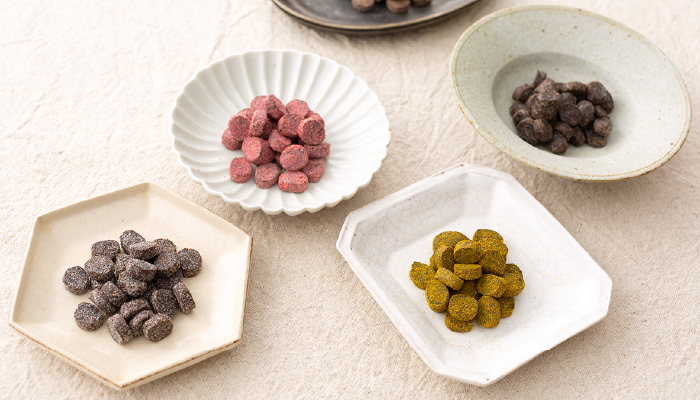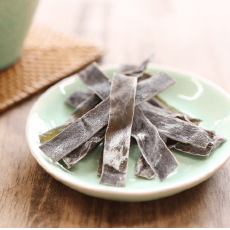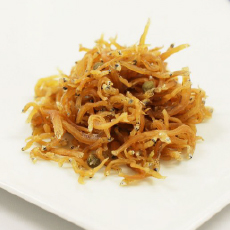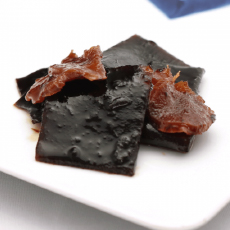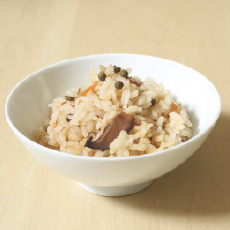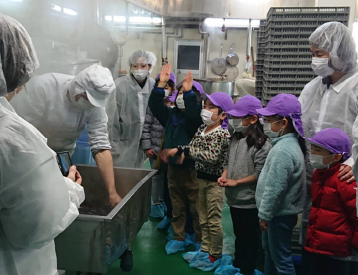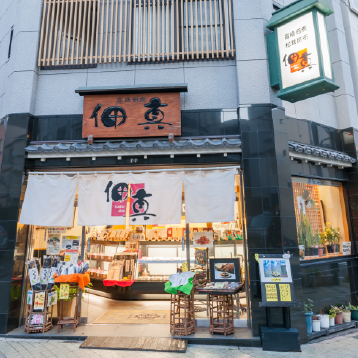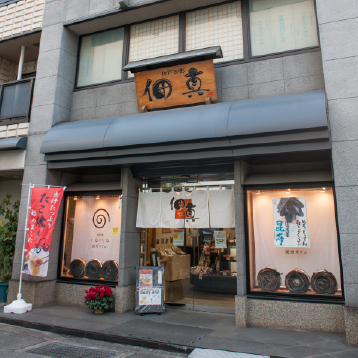Thank you for visiting the Tsukushin website.
My first encounter with kombu was over fifty years ago, when I was a young child just becoming aware of the world. It happened because my father moved from Awaji Island to Osaka, took an apprenticeship at a kombu shop, and opened his own shop in Kobe. In those days, I felt like I couldn’t tell where my house ended and the shop began—I was surrounded by kombu.
Before holidays like Obon and New Year, I would help out by calling out to solicit customers. Even then, kombu specialty shops were rare. My elementary school nickname was “Kombu.” When even teachers and girls called me by that name, I sometimes wished I could be rid of kombu. Starting with the founding of the shop, we made tsukudani, a dish or condiment of kombu boiled in soy sauce. As I grew up, I began to help out part time in manufacturing it. Gradually, I was drawn in by the appeals of kombu. The shop was partly destroyed during the Great Hanshin Earthquake of 1995, but our factory was able to restart shortly after. So, I joined the kitchen and took charge of overall manufacturing. When I was in my mid-40s, the founder, my father, passed away. I took over his role.
The name “Tsukushin” is made up of two Japanese characters. “Shin” comes from my predecessor’s name and means “true” or “genuine.” The character “tsuku” is also used to write “tsukudani.” Together, these characters carry the meaning of making proper tsukudani using the King of Kombu, Makombu.
This shop uses only natural Makombu grown in the seas to the south of Hokkaido. However, due to the increase in imports of kombu from countries like China, the warming of the climate, and the decline of producers, it has become extremely difficult to secure sources of natural kombu. Nevertheless, we at Tsukushin carry on our daily production using only natural kombu out of a desire to give our customers the flavor of the genuine article.
Through our sale of kombu, we hope to communicate to consumers about the varieties of kombu, different methods for using it, the virtues of its flavor, and its efficacy as a health food. We look forward to your patronage of Tsukushin.


